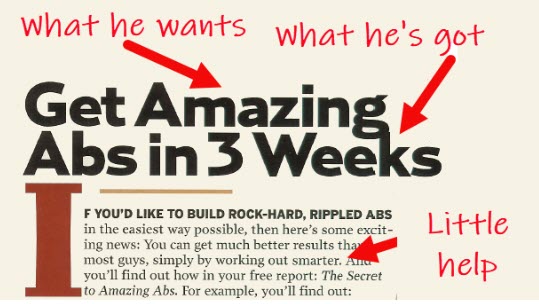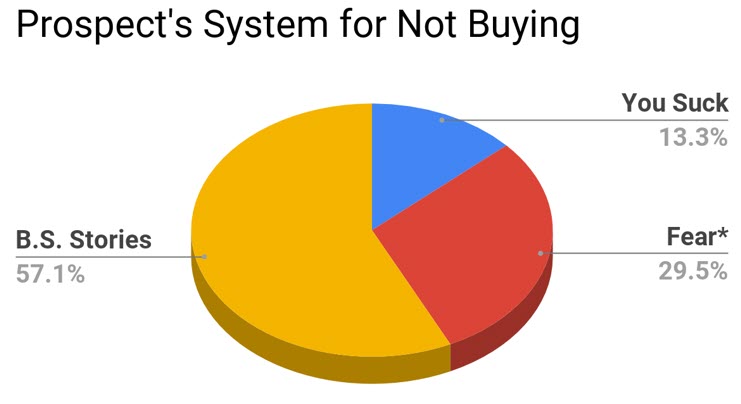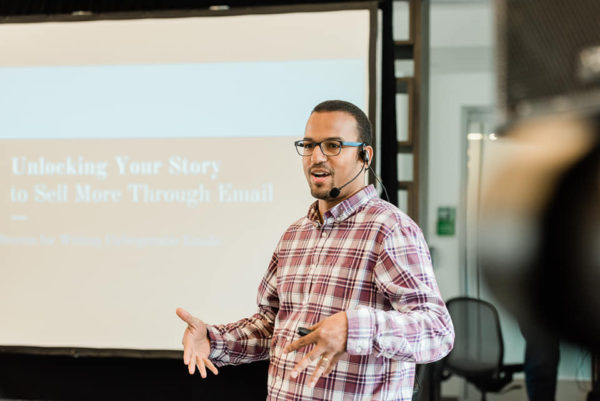Subject lines are the sexy part of email marketing.
Everyone wants to know the secret… the specific sequence of words that works every time.
Such secrets do exist.
But in reality, word choice is just one part of the magic of great emails.
Let me illustrate with a real-world example from this week.
Check out this screengrab. It’s showing the performance of a promotional email we sent out Wednesday.

The stats are ridiculous.
If you can’t read the pic, it’s showing an 84.5% open rate and 45% click rate. That means more than half of the openers also clicked through to the order form.
(More importantly, nearly half of the people who saw the order form also made a purchase.)
When someone sees those numbers, you already know what the first question will be 9 times out of 10:
“When did you learn to use Photoshop, Donnie?”
The next question is, “What’s the subject line?“
And yes, the subject line was perfect… and the preheader text was brilliant (I’ll reveal them in a minute)…
But we had a lot more going for us than just that:
- You may have noticed this email went to 197 people. This is a very targeted segment of the much bigger list.
- The “guru” has built great rapport and a ton of trust with subscribers. Becoming known as THE expert your subscribers look forward to hearing from is probably the greatest secret to email success.
- There’s been a bunch of engagement with this segment recently to drum up anticipation.
Those factors will help you get opens. And they’ll definitely impact clicks.
But how did we get clickthrough rate so high?
(By the way, the last time this same offer was made to this same segment – before I started working with the client – the best CTR was less than 13%. As you recall, we got 45% this time.)
- Focus on exclusivity
- Social proof
- Emphasis on emotional benefits over product features
- Subtle validation of the reader’s self-worth
Obviously these results are specific to this effort. The point is… subject lines ARE important, but you need more than just tight subject lines to maximize the impact of and revenue from your emails.
Alright, I’ll finally reveal what the subject line and preheader text were.
Subject line: [First Name], here’s your private invitation
Preheader text: Congratulations! (shhh… it’s a secret)
The combination of personalization, an anticipated invitation, “congratulations” and a secret helped this achieve a spectacular open rate.
Again, the biggest win here is the insanely high clickthrough rate and the conversion rate on the sales page.
In a way, open rates have always been overrated. Just because someone appears to have opened your message doesn’t mean they actually read it. And if they didn’t take any action, how good was the email, really?
Clickthrough rate is a much better measure of engagement. And sales is the ultimate metric, of course.
Speaking of open rates, have you heard about how the coming update to iOS 15 will make it basically impossible to track open rates for Apple users?
Some marketers are worried this will cause a disaster.
I believe it’s an opportunity.
Find out how in the video below.






